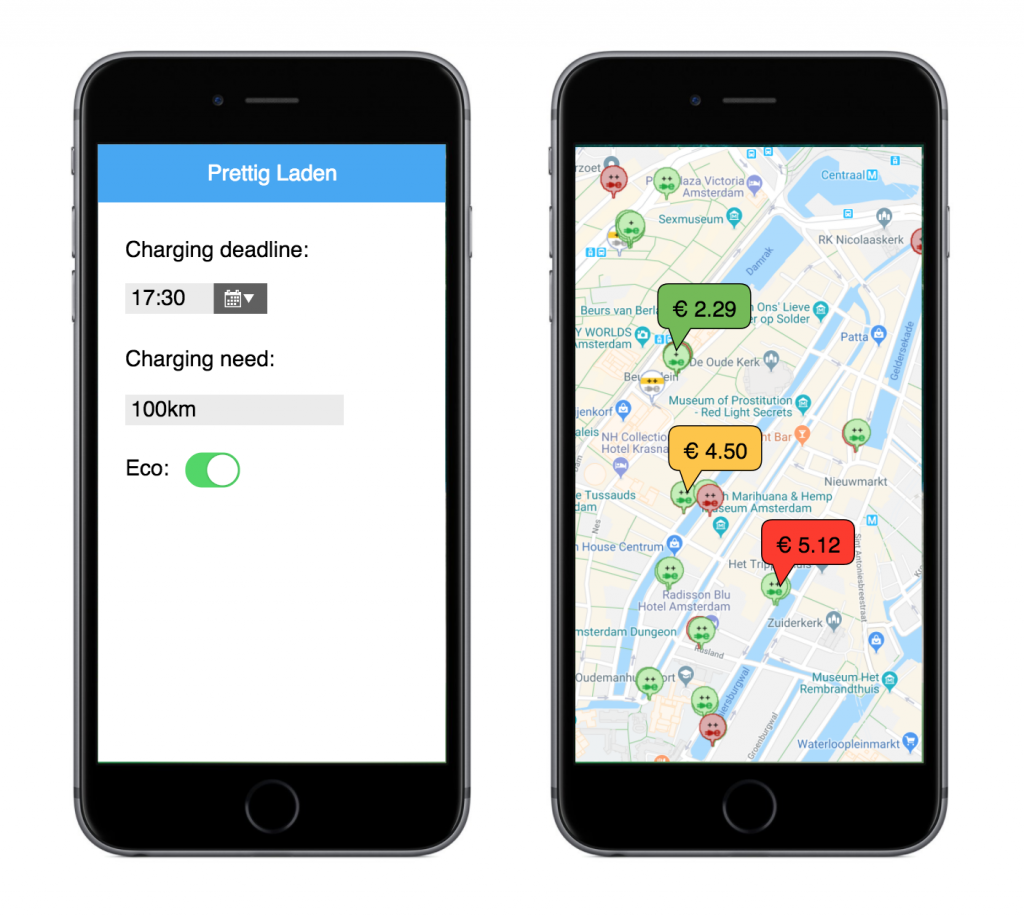A few weeks ago Gosia and I put together an all-star team with our friends from Über and eBay and went to another hackathon. This time it was organized by Living Lab Smart Charging. There were four tracks dedicated to analyzing and building systems to improve the state-of-the-art of green energy solutions. Being a Beatles fan, I was immediately drawn to the challenge called HERE COMES THE SUN, moreover, this one seemed to have the most data to analyse (and hey, we are a data science company after all.)
Before we started hacking, Living lab smart charging got some entertainment for us. Speakers told us about the smart charging industry and presented their futuristic ideas of how energy could be shared with self-driving cars and smart cities combining into a symbiotic system. Then, all the organizers presented each challenge separately with more details and let teams choose one to work on. Being conformists, we chose the most popular challenge — HERE COMES THE SUN.
HACKATHON TASK
Our task was to develop a system that links the production of solar energy at home or work to charging sessions. In essence, the challenge is the mismatch between the demand for energy and the supply from renewable sources. Daily demand patterns vary between areas. Residential areas have two picks: one in the morning, one in the evening, while in the city centre the demand is distributed more evenly.

Solar energy mostly comes when the sun is shining.

FINAL PRODUCT
Our idea was to nudge users to pick a charging station at the correct time. We introduced real-time dynamic pricing model to motivate users to charge their cars when renewable energy is available. The model estimates demand based on historical data and self-learns to improve. We used forecasted solar supply data from an existing source, platform ICARUS.
Changing the price we can influence the demand and make it more aligned with the supply from renewable energy like this:

Finally, users should be aware of the pricing and be able to act on this information. For example, by displaying the prices very clearly in a map/app:

Additionally, our analysis will provide the basis for policy recommendations on a municipality level. New policies can steer car owners to charge at the areas with more charging stations and more renewable energy and stimulate installation of new charging stations in the areas of high demand.

CLOSING
In the end, our solution didn’t win, but it was nice to brainstorm and build something with my teammates. I was impressed by the quality of ideas other teams had and excited to dive into the challenges of another interesting industry.

